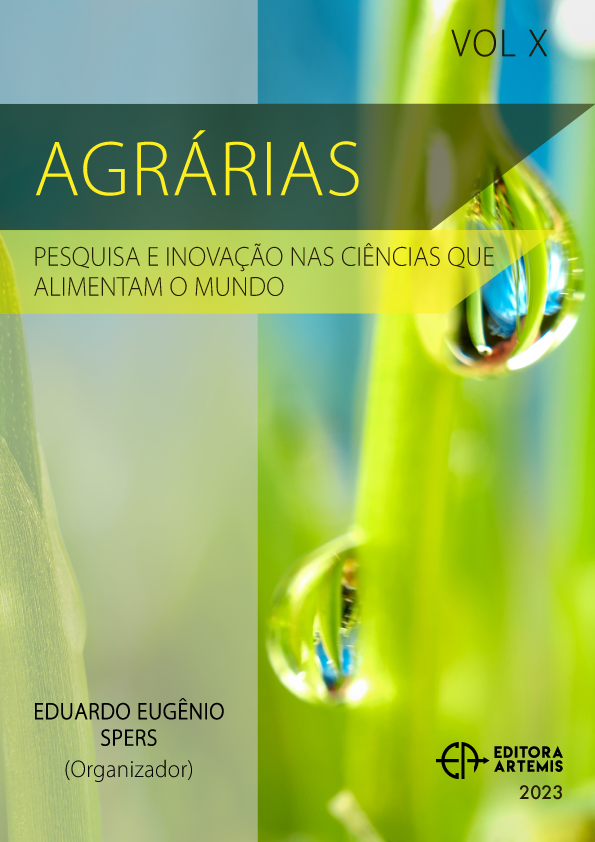
DESCRIPCIÓN FÍSICA DE SEMILLAS DE GENOTIPOS DE MAÍZ AZUL
El maíz es alimento primordial de la humanidad, su cultivo se ha extendido a África subSahariana, Europa y Asia, además de Latinoamérica. La amplia variabilidad genética de este cereal le ha posibilitado incursionar en un sinnúmero de ambientes y el grano aporta carbohidratos, proteínas, vitaminas y minerales. Las variedades pigmentadas de maíz (de grano rojo, amarillo o azul) se consideran un alimento funcional debido a su contenido de sustancias nutracéuticas que son benéficas para la salud y la nutrición humanas. El maíz azul contiene antocianinas en el grano, ya sea en el pericarpio o en la capa de aleurona, este colorante vegetal les da su color peculiar y exótico. Este tipo de maíz es muy apreciado y consumido en la cocina mexicana; sin embargo, su producción es insuficiente por lo que se ha recurrido a formar híbridos con características sobresalientes, entre las que destacan las dimensiones de semilla por ser un factor determinante para la comercialización de los híbridos. El objetivo del presente trabajo fue determinar las diferencias en las dimensiones de las semillas de los genotipos parentales del híbrido de maíz azul HAZUL 10E. Se utilizaron semillas del híbrido trilineal experimental de maíz azul y de sus progenitores. Se empleó un diseño experimental de bloques al azar con cuatro repeticiones de 25 semillas, se evaluaron el peso de 100 semillas, la anchura, el espesor y la longitud de las semillas; también se calcularon el volumen, el volumen y la densidad relativos de las referidas semillas. Se llevó a cabo un análisis de varianza de los resultados y la prueba de comparación de medias (Tukey, P ≤ 0.05). Se obtuvo que las líneas provenientes de las cruzas simple y trilineal tuvieron dimensiones mayores que las líneas parentales, hecho que se atribuyó a efectos de heterosis.
DESCRIPCIÓN FÍSICA DE SEMILLAS DE GENOTIPOS DE MAÍZ AZUL
-
DOI: 10.37572/EdArt_3011230555
-
Palavras-chave: Zea mays, antocianinas, maíz azul, tamaño de semilla.
-
Keywords: Zea mays, anthocyanins, blue corn, seed size.
-
Abstract:
Corn is the essential food of humanity. Its cultivation has spread to sub-Saharan Africa, Europe, and Asia, as well as Latin America. The wide genetic variability of this cereal has allowed it to grow in countless environments, and the grain provides carbohydrates, proteins, vitamins, and minerals. Pigmented varieties of corn (red, yellow, or blue grain) are considered functional food due to their content of nutraceutical substances that are beneficial for human health and nutrition. Blue corn contains anthocyanins in the grain, either in the pericarp or in the aleurone layer. This vegetable pigment gives them their peculiar and exotic color. This type of corn is highly appreciated and consumed in Mexican cuisine. However, its production is insufficient, so hybrids with outstanding characteristics have been developed. The seed dimensions stand out as being a determining factor for the commercialization of hybrids. The objective of this work was to determine the differences in the dimensions of the seeds of the parental genotypes of the blue corn hybrid HAZUL 10E. Seeds from the experimental trilinear hybrid of blue corn and its parents were used. A randomized block experimental design was used with four repetitions of 25 seeds. The weight of 100 seeds, width, thickness, and length of the seeds were evaluated. The volume, relative volume, and relative density of the seeds were also calculated. An analysis of variance of the results and the comparison of means test were carried out (Tukey, P ≤ 0.05). It was obtained that the lines coming from the simple and trilinear crosses had larger dimensions than the parental lines, a fact that was attributed to heterosis effects.
-
Número de páginas: 9
- Germán Fernando Gutiérrez-Hernández
- José Luis Arellano-Vázquez
- Luis Fernando Ceja-Torres
- Estela Flores-Gómez
- Patricia Vázquez-Lozano

